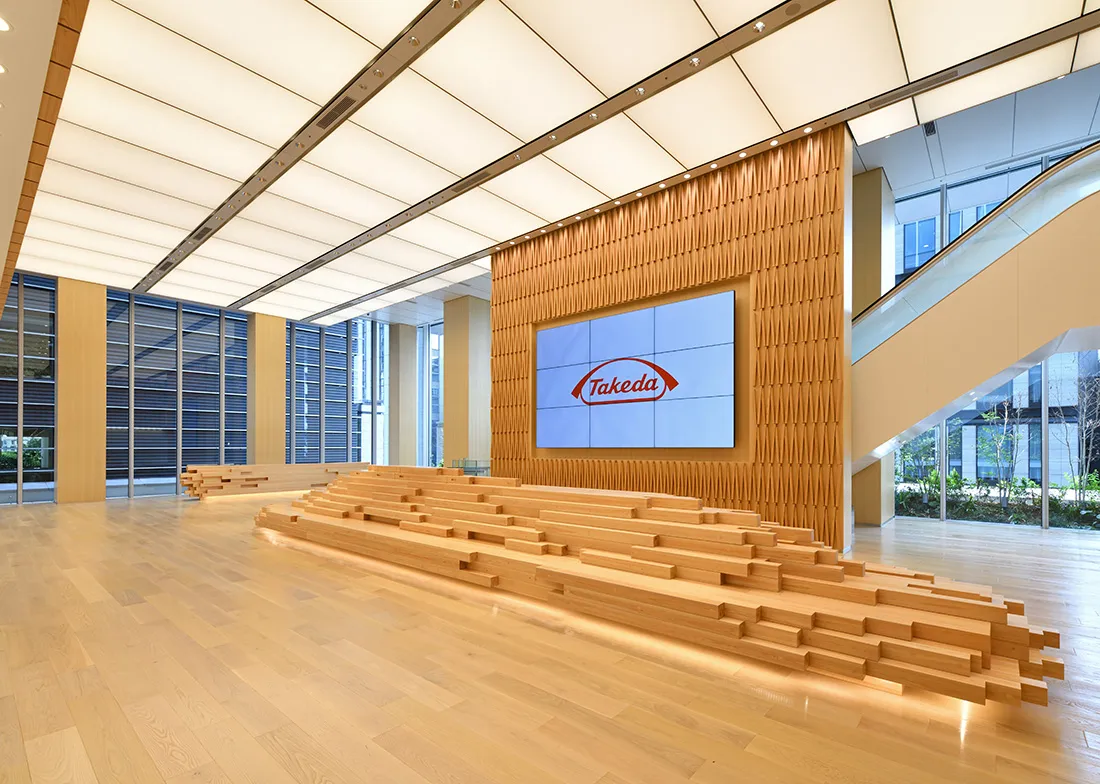The Impact of Takeda’s Price Increases for Entyvio on Pharmaceutical Innovation

Takeda headquarters in Tokyo, Japan
The pharmaceutical industry has long argued that high drug prices are a good thing because the profits from these price hikes allow companies to spend more on research and development to discover and launch the cures of the future.
To test the claim that higher drug prices drive innovation, we gathered data from the industry, individual companies, and the FDA to conduct a counterfactual analysis: what would happen at some of the largest pharmaceutical companies in the world if prices on certain blockbuster drugs had remained constant over the last 10 years?
The following case study examines drug pricing at Takeda, a large biotechnology firm with treatments in gastroenterology, neurology, and blood plasma disorders. This analysis is part of a larger study on the impact of pharmaceutical price increases on medical innovation. To read the full study, click here.
Takeda Case Study
- Headquarters: Tokyo, Japan
- Drug Analyzed: Entyvio (vedolizumab)
- 2021 Company Revenue: $31.5 billion
- 2021 R&D Spending: $4.5 billion
- Other Key Products: Vyvanse (lisdexamfetamine), Advate (antihemophilic factor), Takecab (vonoprazan)
As the largest Japanese pharmaceutical company, Takeda is diversified with products in gastroenterology, oncology, immunology, and rare metabolic and hematologic disorders. The company spent 16 percent of revenues on R&D since 2016, which is lower than its peers and is reflected in very few breakthrough drugs originated at the company.
We analyzed Takeda’s pricing behavior for Entyvio, an immunosuppressive drug used to treat ulcerative colitis and Crohn’s disease. Since 2015, Entyvio’s net price has increased more than 28 percent overall, though its price has fluctuated over time.
Entyvio’s revenue is primarily driven by volume increases since its launch in 2015. Nonetheless, 22 percent of the drug’s revenue growth came from price increases, totaling $2.0 billion over the last six years.
If the price of Entyvio remained flat since 2015, the loss of $2.0 billion in revenue would have resulted in $320 million less in R&D spending. We estimate that, based on the drug development scenarios used in our analysis, Takeda spends $4.4 billion (IQR: $2.7–9.7 billion) in R&D per new drug developed. Therefore, the impact to new drug development would be negligible, with 0.07 fewer drugs developed.
The results are further evidence that profit growth driven by price hikes on older, branded, monopoly drugs like Entyvio rarely leads to the development of innovative new medicines.



 ">
">